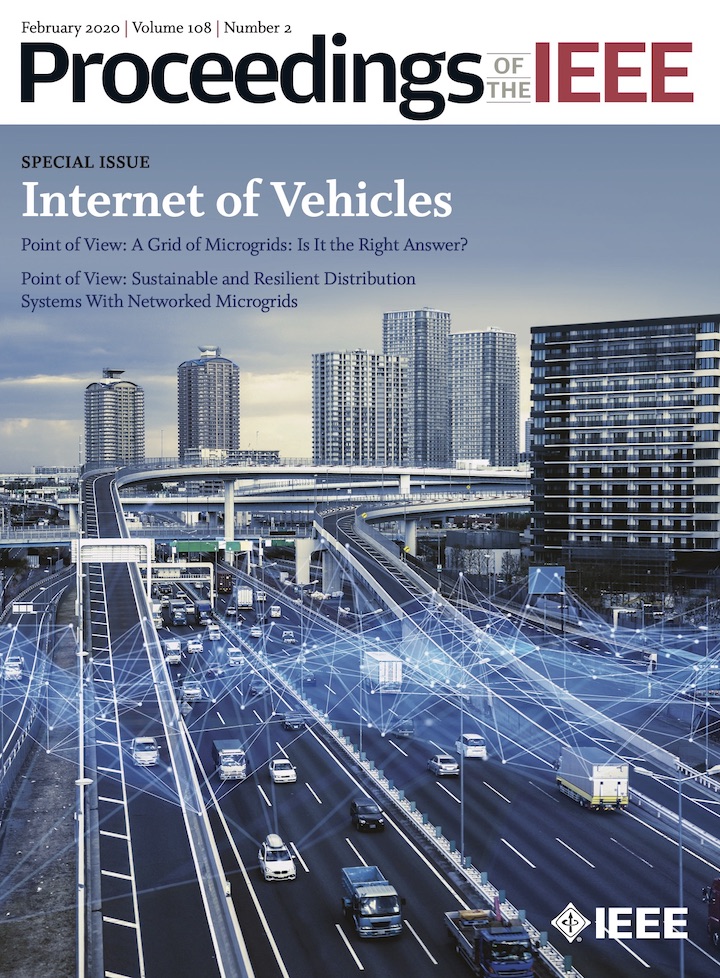2020 Journal Issues February 1, 2020


Guest Editors



Special Issue Papers
By X. (Sherman) Shen, R. Fantacci, and S. Chen
By J. Zhang and K. B. Letaief
This article overviews the edge information system (EIS), including edge caching, edge computing, and edge AI, which will enable a plethora of new exciting intelligent IoV applications.
By L. Chen, Q. Wang, X. Lu, D. Cao, and F.-Y. Wang
This article concerns how simulated-world data and real- world data can be efficiently used to improve the performance of parallel end- to-end autonomous driving. It introduces a parallel end-to-end driving data set (PED), containing real-world images, corresponding simulated-world images, and vehicle information.
By W. Zhuang, Q. Ye, F. Lyu, N. Cheng, and J. Ren
This article presents an overview of SDN/NFV-enabled IoV, a new network architecture for IoV. Here, SDN/NFV technologies are leveraged to enhance the performance of IoV and enable diverse IoV scenarios and applications.
By F. Tang, Y. Kawamoto, N. Kato, and J. Liu
This article reveals the potential to apply advanced machine learning into vehicular communications and networking. It provides a survey on various machine learning techniques applied to communication, networking, and security parts in vehicular networks, and envisions the ways of enabling AI toward future 6G vehicular networks.
By H. Zhou, W. Xu, J. Chen, and W. Wang
This article surveys the historical process and status quo of V2X technologies, while listing the major V2X communication technology standards in North America, Europe, and Asia.
By Y. Ni, L. Cai, J. He, A. Vinel, Y. Li, H. Mosavat-Jahromi, and J. Pan
This article concerns how to ensure reliable and scalable wireless transmissions for IoV based on performance modeling and analysis.
By L. Liang, H. Ye, G. Yu, and G. Y. Li
This article discusses the key motivations and roadblocks of using deep learning for wireless resource allocation with applications to vehicular networks.
By K. Ren, Q. Wang, C. Wang, Z. Qin, and X. Lin
This article gives a systematic study on the security threats surrounding autonomous driving, from the angles of perception, navigation, and control.
By R. Lu, L. Zhang, J. Ni, and Y. Fang
This article reviews the architecture and the use cases of 5G V2X; studies a series of trust, security, and privacy issues in 5G V2X services; and discusses the potential attacks on trust, security, and privacy in 5G V2X.
Point of View
By N. Martins, A. L. Diniz, and J. G. C. Barros

Point of View
By J. Wang and X. Lu

5 Comments
Comments are closed.